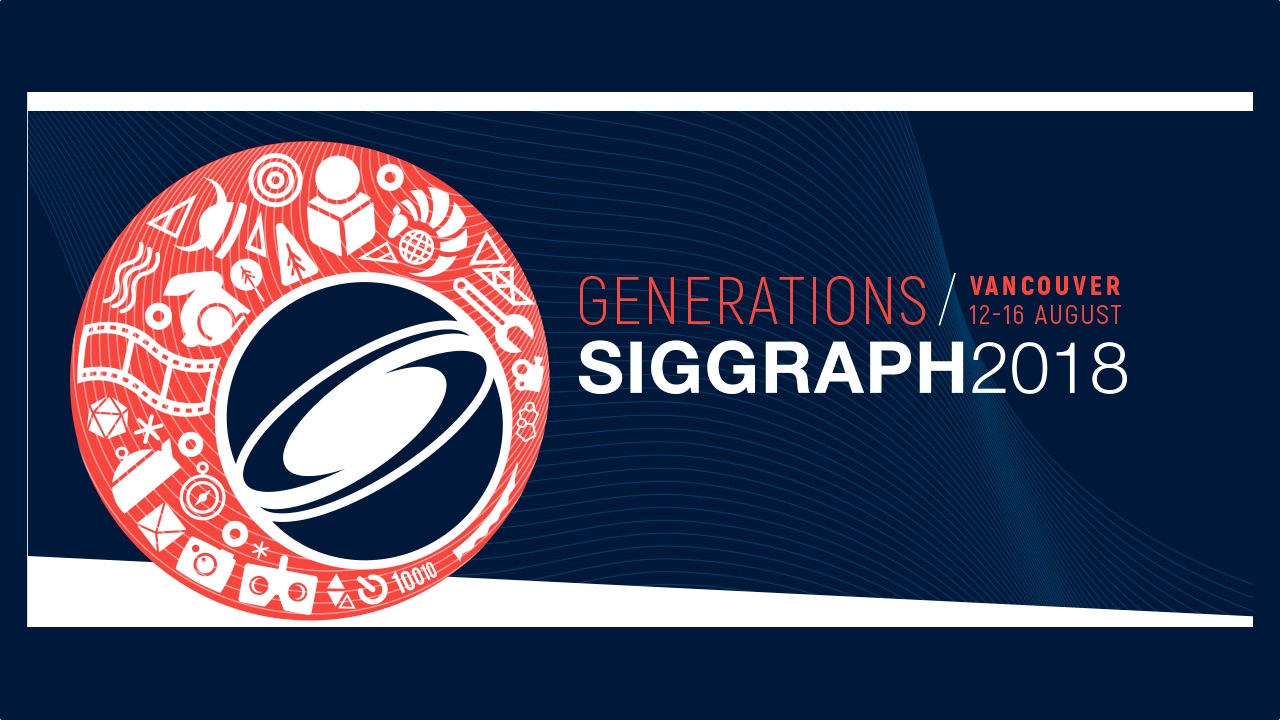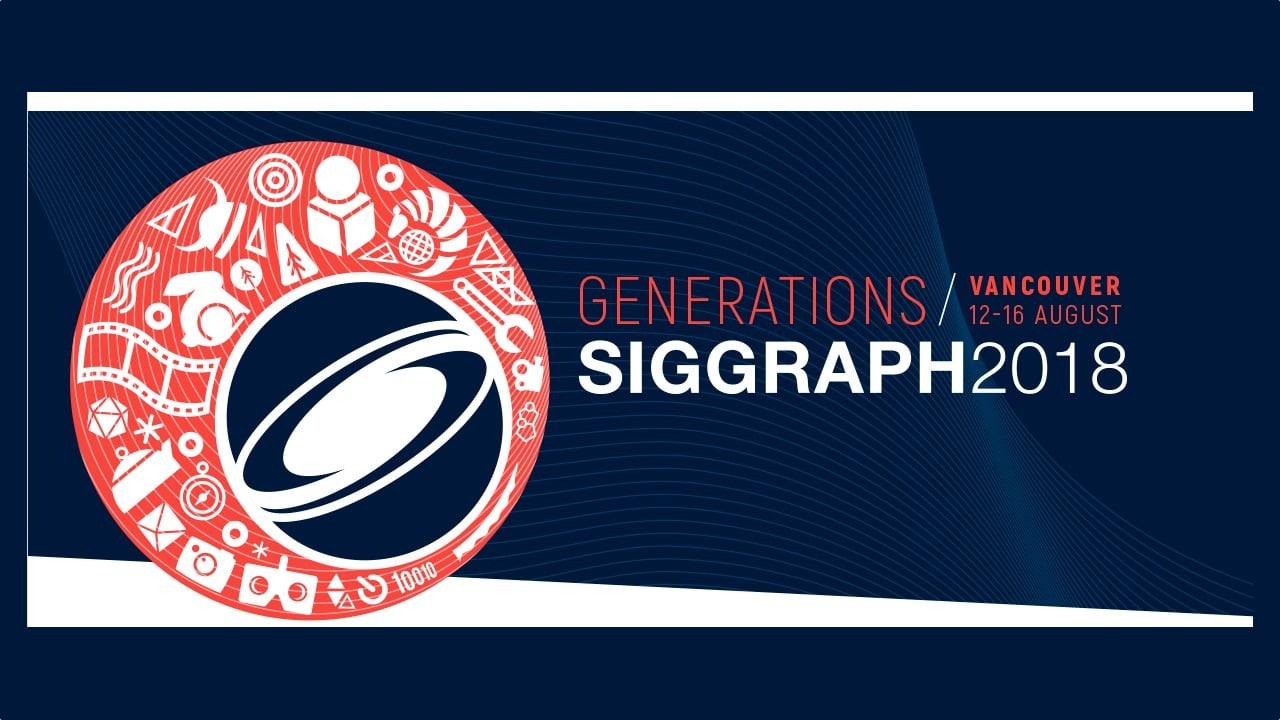

SIGGRAPH is upon us once more. Phil Rhodes takes a look back on its history and where things are heading in 2018.
It's not that widely known that the annual SIGGRAPH conference is an event organised by the world's first ever computing society, the Association for Computing Machinery, which was founded in 1947 and now has over 100,000 members. The SIG refers to a special interest group of the Association, which also runs dozens of SIGs on areas including programming languages (SIGPLAN,) computer science education (SIGCSE) and data communications (SIGCOMM.)
The fact that SIGGRAPH, with its focus on graphics and interactive techniques, is so widely known is perhaps an indication of the way computer technology most prominently interacts with society. The 2017 conference, in Los Angeles, drew over 16,500 attendees.
One of the amusing things about SIGGRAPH is that, while it is strictly a technical conference, it's also a field of combat in which some of the world's most upstart startups will currently be making the final tweaks to the discoveries they're hoping to present. Or, possibly, they'll be rushing things together at the last minute, because software engineering is always a particularly good example of work which expands to occupy all (or slightly more than) the available time. Presentation of papers is really supposed to be an entirely academic process and at SIGGRAPH it's common for presenters to talk up their, and their employers', dedication to academic purity.
Priors
Read enough of them, though, and the tendency of tech industry papers to refer dismissively to preexisting competitors as “priors,” with a heavy implication of inferiority, becomes hard to miss. It's no surprise, really. Scientific conferences, with an entirely academic approach, are famous for being an intellectual bloodbath of pointed disagreements. Bring commercial concerns into play and it's perhaps no great surprise that people often take the stage at technical conferences with a laser pointer in one hand and the other, carefully hidden, holding at least a metaphorical knife.
This probably explains the drawn expressions common to SIGGRAPH presenters. What it doesn't explain is why SIGGRAPH 2018 is so dedicated to being cruel to helpless, fluffy bunnies.
In the video above, a helpless rabbit is turned inside out, decomposed into parts for injection moulding and sliced into four pieces. It isn't quite clear why anyone would ever want to make a model rabbit by zipping together ribbons of fabric, but that's done too – and the less said about what happens to that poor armadillo, the better.
State of the art
On a more serious note, there could hardly be a better update on the state of the graphical art as of August 2018 than that video. Quite a lot of SIGGRAPH papers of late have been about getting 3D data without having to manually model it, a concept that's very attractive to people from both the film and TV industry and from the world of phone and tablet apps. It's no surprise to see reference to advances in photogrammetry in “Instant 3D Photography”, and “Semantic soft segmentation” appears to be an approach to matting objects out of scenes without relying on traditional chromakey or depth camera technology. These videos need to be interpreted with caution – for instance, the video above only demonstrates segmentation on stills, and to be really useful it needs to work on full motion images too.
We might expect quite a lot of references to machine learning and neural network in a 2018 computer technology conference, and we get them: “mode-adaptive neural networks for quadruped motion control” shows a reasonably convincing animated wolf driven running around under the control of a machine learning application. Several other of the referenced projects use the word “learning” in their titles and to some extent, there's a fashion to these things. It's sometimes hard to tell just how much contribution is being made by machine learning to some of these techniques, but it's certainly getting a lot of attention.
As with any SIGGRAPH, many of the things shown are of interest to CGI and games people. A segment in which fluids (say, water) are shown carrying particulate matter (say, sand) around obstacles is fascinating, but, as with so many of these advanced physics tricks, the usefulness of it depends as much on whether it's usefully fast as whether it's amazingly accurate, and how the underlying mathematics may advance things in other areas.
With at least several hundred papers presented every year, the conference is often a venue for genuinely interesting new things and we can expect some of them over the next week or so. But please, let's leave the helpless bunny rabbits alone.
Tags: VR & AR


Comments